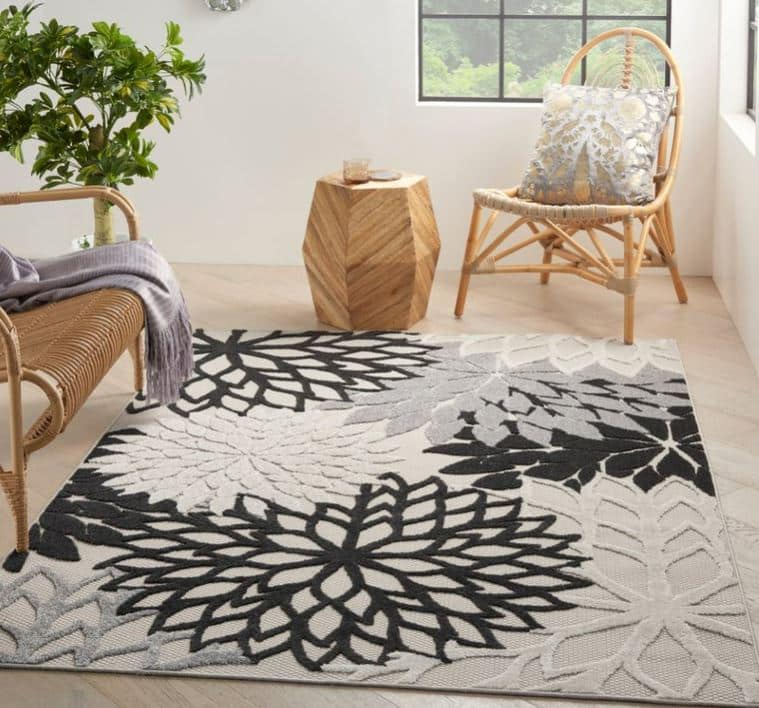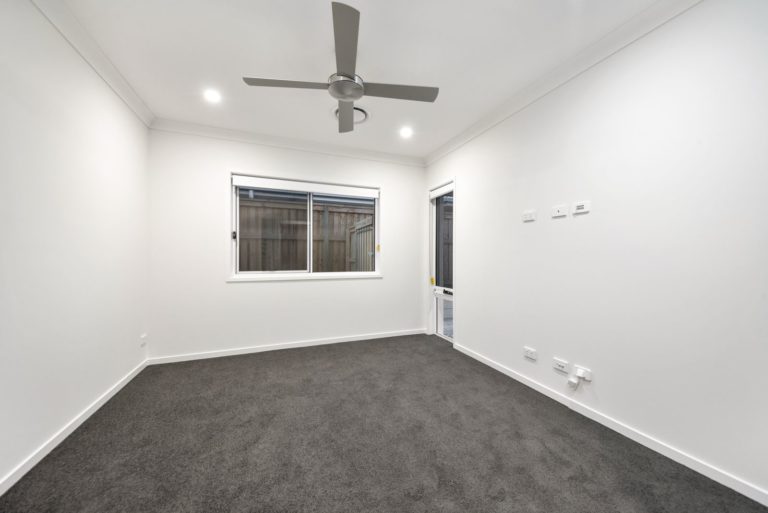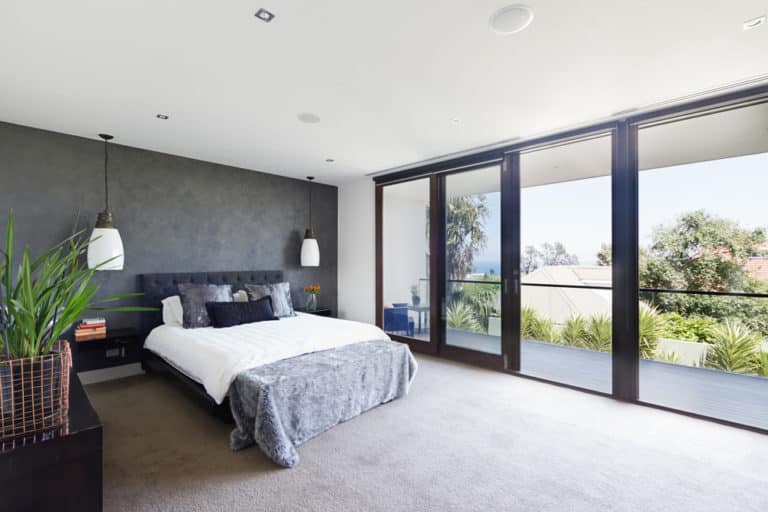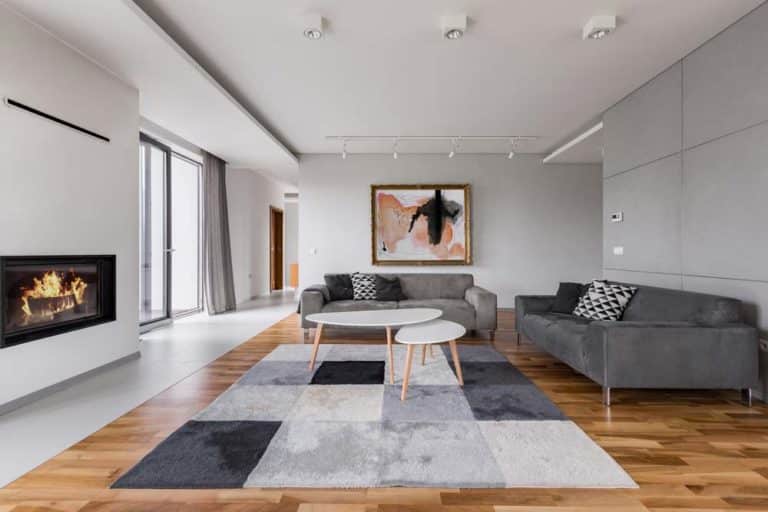Polypropylene and polyester are two popular materials used in the production of carpets, each possessing unique properties and benefits which make them ideal for different uses. In this blog, we’ll break down both options to help you determine the best choice for your next carpeting project.
Polypropylene Carpet
Polypropylene is a synthetic fibre made from a combination of natural gas and oil. It’s widely used in the carpet industry due to its stain and fade resistance, durability, affordability and other qualities which make it easy to maintain.


Polyester Carpet
Polyester is another synthetic fibre, made from either recycled plastic or PET plastic pellets. This material is known for its soft texture and ability to hold vibrant colours well. It’s also hypoallergenic, making it ideal for use in homes with allergies or sensitivities.
What do they have in common?
There are many similarities between polypropylene and polyester carpets, such as:
Value: Polyester and polypropylene carpets are both affordable options compared to other carpet materials, making them a great choice in temporary spaces or high-traffic areas. Because this material is man-made, you’ll have endless options in colours, patterns and styles, allowing you to get an expensive look for less.
Longevity: In addition to costing less, these materials are also lower maintenance, meaning it’s easy to clean and preserve the original quality of your carpet. Their synthetic weaves create a surface free of dirt or dust pockets, so regular vacuuming is all that should be required to keep your carpet looking fresh.
Comfort: Polyester and polypropylene are actual plastic, so they’re flexible and tough while sustaining an extremely soft, lavish and cosy feel.
Water and stain resistance: These materials absolutely prove their worth here; not only do they hold vibrant colours exceptionally well, but it’s virtually impossible to stain the smooth surface of polyester and polypropylene carpets. They also repel moisture, protecting against mould and mildew, and allowing you to effortlessly wipe away liquid spills.
What are the main differences?
Despite their similarities, there are a few distinguishable factors between these carpet materials, including:
Absorbance: Out of the two, polypropylene is more stain- and water-resistant than polyester, making it a potentially better choice for your dining room or living area.
Heat resistance: Polypropylene has less resistance to heat than polyester; avoid machine drying this material or exposing it to direct sunlight. If you’re planning to install your carpet in a sunny location, polyester will be the better choice for maintaining colour longer, while polypropylene may be prone to fading.
Texture: A major contributor to the popularity of polypropylene for indoor carpeting is its incredibly soft texture that resembles wool. It’s a great option in bedrooms and other areas where you’re frequently barefoot or sitting on the floor.
Can I use bleach on my polypropylene carpet?
Yes — using a bleach solution will not damage your carpet and can help to remove tough stains.
How should I clean my carpet?
Use standard methods to clean your polypropylene or polyester carpet, including regular vacuuming, bleach solution for removing stains, and steam for deeper cleaning.
Are polypropylene or polyester carpets fire-retardant?
No – this carpet is not resistant to fire and can fade from prolonged exposure to direct heat or sunlight.
Do moths eat these materials?
Moths are unable to eat synthetic fibres, so your carpet will be protected from any related damage.
When should I replace my carpet?
With routine maintenance and preventative care, a synthetic carpet can last around 5-15 years. This may be impacted by the location of the carpet, level of traffic and other factors. However, a few signs you may need to replace your carpet include wear and tear, fraying, stains or odours, water damage or mould or perhaps a style that no longer suits your taste and preferences.








